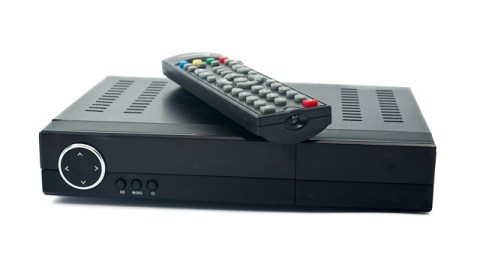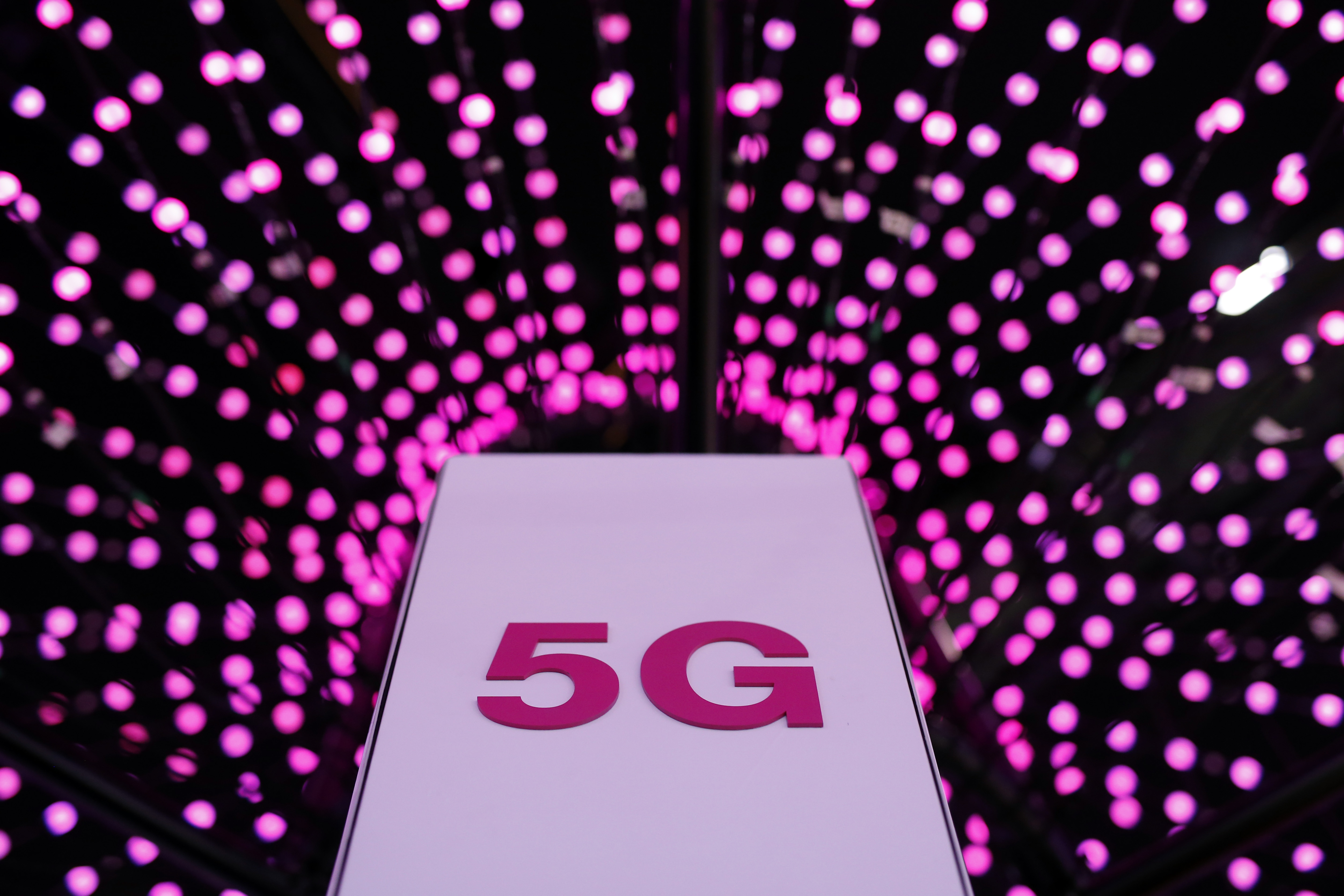A Cellular Network Just For Your Block

What’s the Latest Development?
A smartphone user walking around the San Diego campus of mobile chip manufacturer Qualcomm might find themselves enjoying a stronger signal and faster downloads, thanks to the distribution of prototypical cellular base stations that do the work of a cell phone tower but are small enough to fit on a desktop. Unlike similar devices sold by carriers for private use, these stations would be purposely configured to permit public access to broadband, and together they would form a second, localized network that would benefit both residents and passersby.
What’s the Big Idea?
Wireless carriers, broadband providers, and cable networks are all looking for ways to handing the increasing demand being placed on existing infrastructure by the rise of mobile technology. Small base stations reduce the need to build more towers while expanding bandwidth capacity for an affordable price. Implementing this technology would require cooperation between providers, but Qualcomm chief technology officer Matt Grob — who demonstrated the concept at an event in California last week — thinks it could be all for the good, since companies could build these stations into the set top boxes they give to customers and then make a deal with carriers.
Photo Credit: Shutterstock.com
Read it at MIT Technology Review





